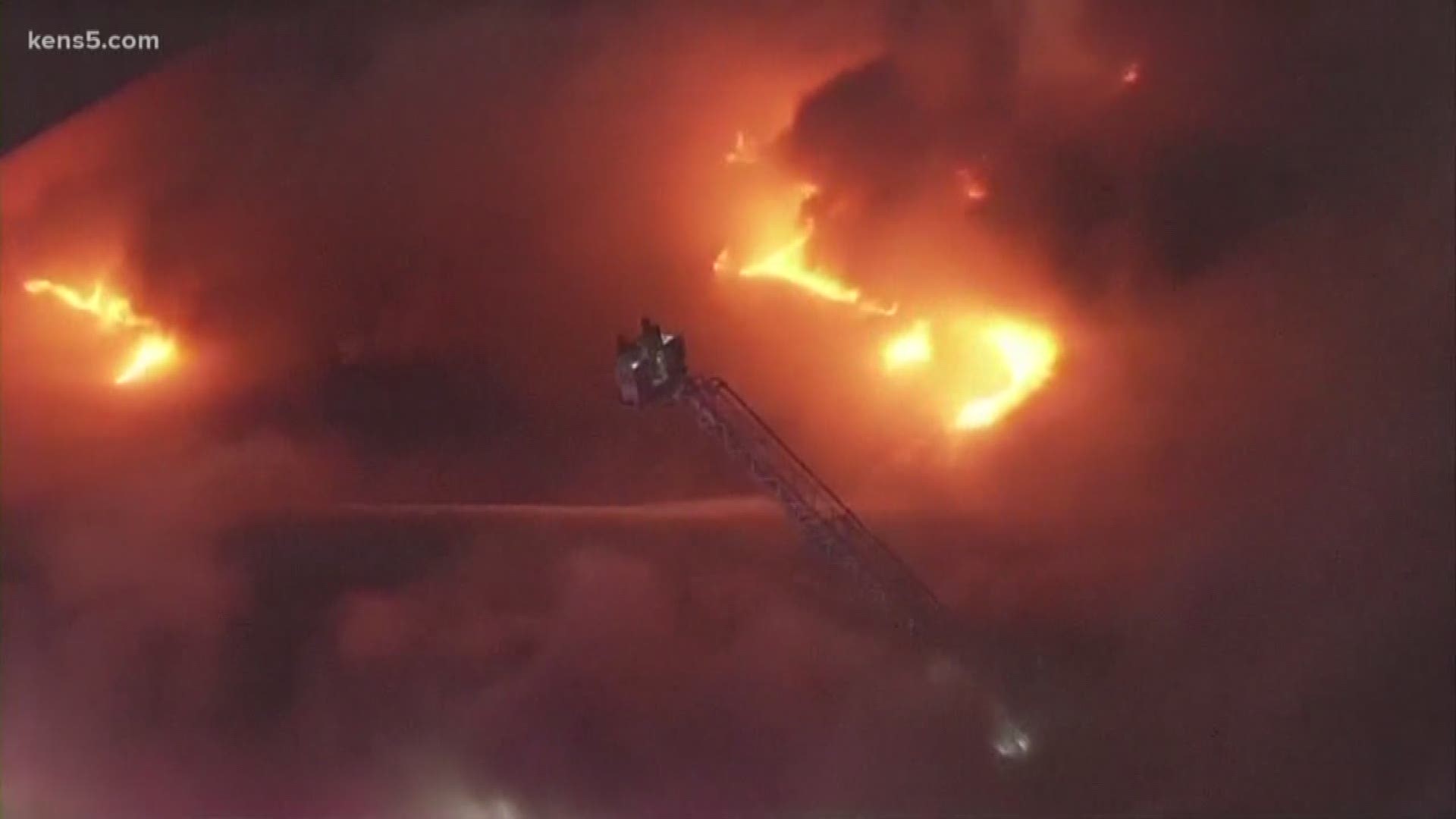A federal report released to the public on Friday details the night San Antonio firefighter Scott Deem was killed while battling a massive fire at the Ingram Square Shopping Center.
After the tragedy, Fire Chief Charles Hood said that the department volunteers to be a part of a federal review, as a learning opportunity.
The report conducted by the National Institute for Occupational Safety and Health (NIOSH) reveals several problems that fueled the dangerous conditions, including SAFD's tactics.
Those factors listed as:
- Arson fire
- No sprinkler system in the commercial structure
- High wind conditions
- Zero-visibility and cluttered floor space impeded hose line advancement
- Freelancing Fire Tactics (ladder company searching for fire beyond the protection of the hose stream)
- Crew integrity not maintained
- Uncoordinated ventilation (rear door opened at Side Charlie)
In the report, it states that when opening the back door, strong winds strengthened the fire, causing dangerous conditions and trapping the firefighters.
Chief Hood addressed the federal review in an interview last month, stating that the department was already working on changes to procedures and training. They've also dedicated a training facility in honor of fallen firefighter Scott Deem.
"We honor Scott's death with what we are doing," Chief Hood said in September. "Eighty percent of everything we have identified as action items for our department, we have completed them."
The report also listed 19 recommendations. You can find the full 72-page report here.
Key Recommendations:
- Fire departments should integrate current fire behavior research findings developed by the National Institute of Standards and Technology (NIST) and Underwriter’s Laboratories (UL) into operational procedures by developing or updating standard operating procedures, conducting live fire training, and revising fireground tactics including how to recognize and fight ventilation-limited fires, hose stream tactics, and wind-driven fires.
-Additionally, state, local, and municipal governments, building owners and authorities having jurisdiction should consider requiring the use of sprinkler systems in commercial structures.

